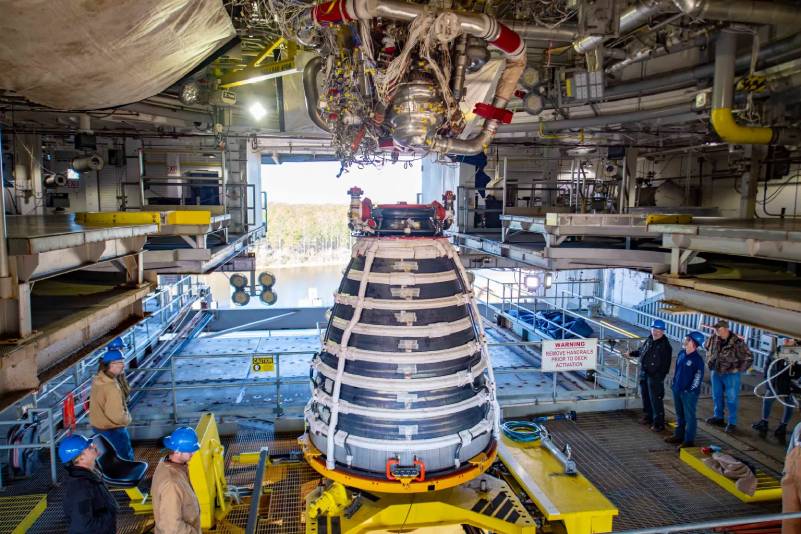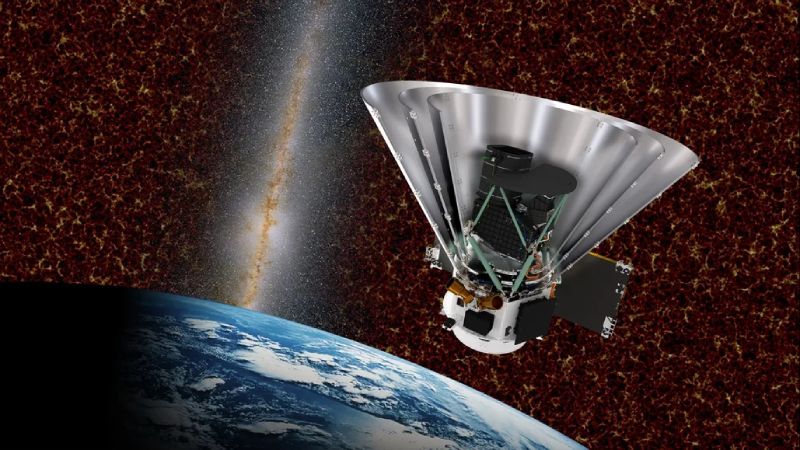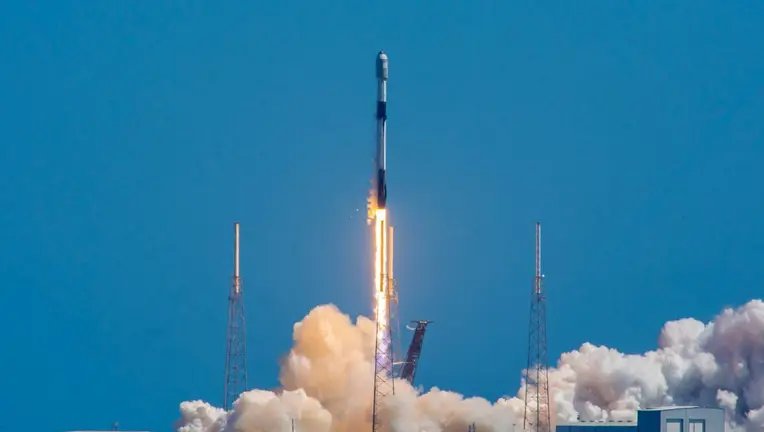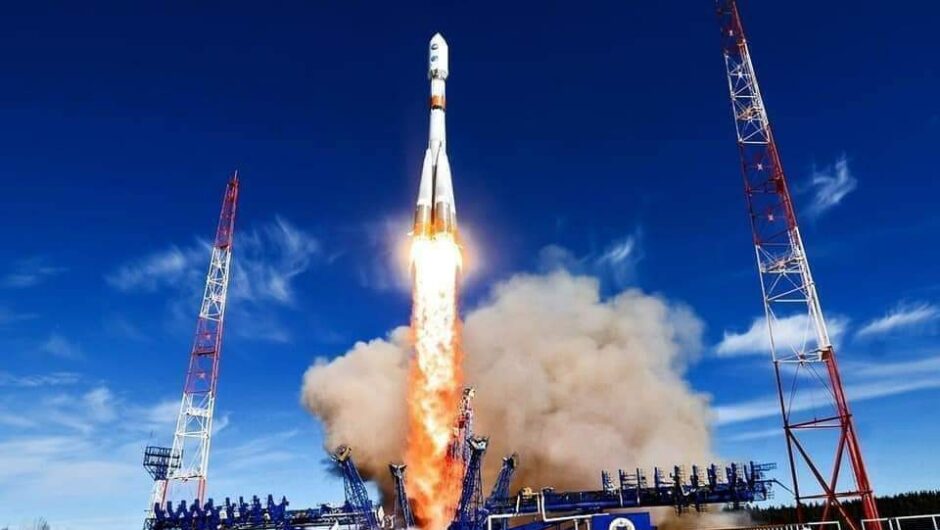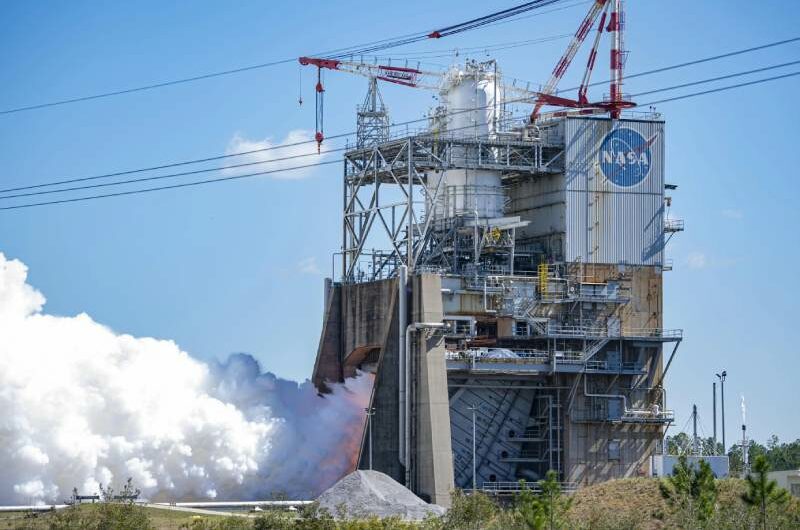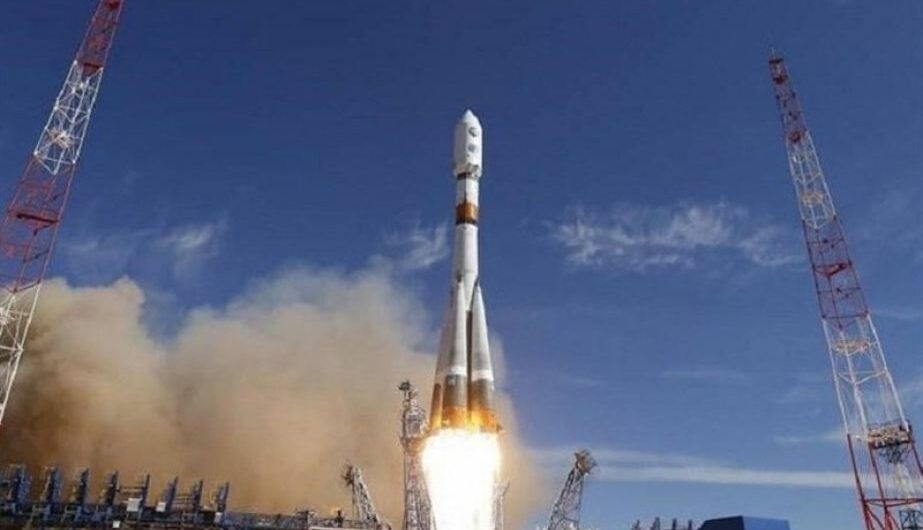On Friday, February 23, NASA will hold an RS-25 hot fire, bringing the company one step closer to producing new engines to power the SLS (Space Launch System) rocket on upcoming Artemis missions to the Moon and beyond.
Teams at NASA’s Stennis Space Center, located close to Bay St. Louis, Mississippi, will soon install a second production nozzle on the engine and start the second half of a 12-test RS-25 certification series on the Fred Haise Test Stand.
The six hot fires that remain are a part of the second and final test series, which is gathering data to validate an updated engine production process for Aerojet Rocketdyne, an L3Harris Technologies company, the lead engine contractor, using innovative manufacturing techniques.
New engines will incorporate dozens of improvements to make production more economical and efficient while maintaining high performance and reliability, as NASA seeks to establish a long-term presence on the Moon for scientific exploration and discovery and to get ready for future missions to Mars.
NASA’s formidable SLS rocket, which generates more than 8.8 million pounds of thrust at liftoff for the Artemis missions, is launched by four RS-25 engines and two solid rocket boosters.
The certification engine will be fired for 550 seconds at a maximum power level of 113% during the seventh test in the 12-test series.
We intend to run the engine for longer than 500 seconds, which is the same amount of time as NASA’s commitment to safety and “testing like you fly.”
Chip Ellis, the project manager for RS-25 testing at Stennis, stated, “NASA’s commitment to safety and ‘testing like you fly’ is on display as we plan to fire the engine beyond 500 seconds, which is the same amount of time the engines must fire to help launch the SLS rocket to space with astronauts aboard the Orion spacecraft.”
A second certification engine nozzle will be used in the test on February 23 to enable engineers to collect more performance information on the upgraded unit. While the engine was still at the test stand earlier this month, the new nozzle was fitted to it. With the engine in place, the teams were able to change out the nozzles using specially designed processes and equipment.
Engineers will be able to gather and compare performance data on a second production unit thanks to the new nozzle. According to Shawn Buckley, integrated product team lead for the RS-25 nozzle at Aerojet Rocketdyne, the nozzle is the hardest to manufacture and the most labor-intensive part of the engine that directs thrust.
The goal of Aerojet Rocketdyne has been to simplify the nozzle manufacturing process. The company cut hands-on labor by 17% between the first and second production units.
According to Buckley, “the nozzle is a work of art and machinery at the same time.” “This nozzle is more to our team than just a piece of hardware.” As we send people back to the moon, we can see our place in the greater scheme of things.
All systems will be “go” to produce the first new RS-25 engines since the space shuttle era upon the conclusion of the certification test series. NASA and Aerojet Rocketdyne have an agreement for the production of 24 new RS-25 engines utilizing the revised design for Artemis V and subsequent missions. 16 previous space shuttle missions were modified by NASA and Aerojet Rocketdyne for use on Artemis missions I through IV.
For the benefit of all, NASA will use Artemis to lay the groundwork for long-term scientific research at the Moon, land the first astronauts who are female, of color, and from an international partner nation on the moon, and get ready for human missions to Mars.
Topics #Aerojet Rocketdyne #Artemis Mission #NASA #Rocket Engine #RS-25 #space exploration #Space Launch System
